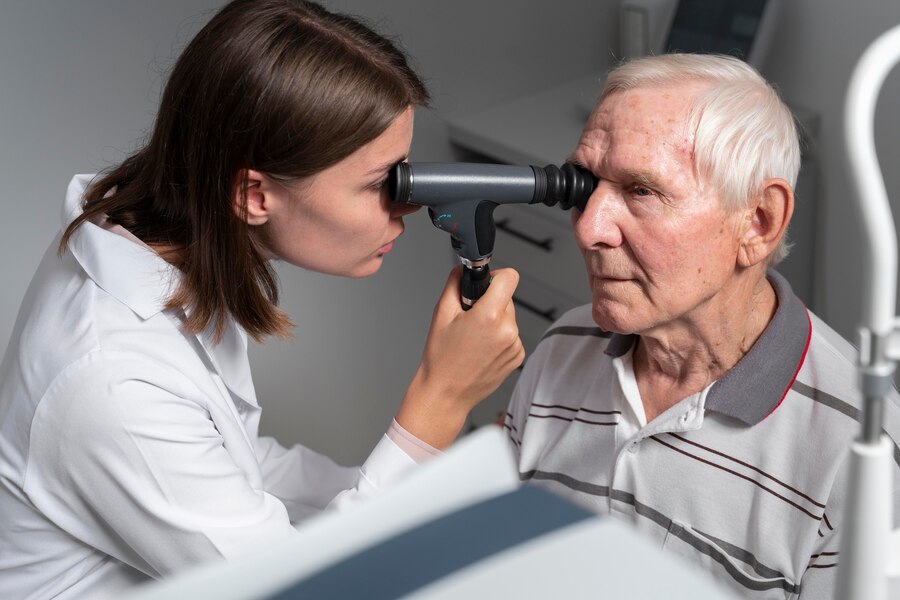Multiple sclerosis attack happens when the immune system mistakenly produces inflammation.
The inflammation damages myelin and the protective cover over nerve cells in the brain and spine, doctors call this demyelination.
The attack causes lesions that make it harder for signals to travel between your brain and your body.
It is an autoimmune condition that affects your brain and spinal cord (central nervous system).
The symptoms and signs of MS (multiple sclerosis) vary widely between patients.
It depends on the severity and location of nerve fiber damage in the central nervous system.
What causes multiple sclerosis attack?
The cause of MS is still unknown, the latest research provides that the disease may develop when specific genetic mutations are set off by environmental factors and It's not a case of bad genes.
Early signs of multiple sclerosis attack
Some conditions start with an episode of Multiple Sclerosis symptoms.
Doctors called it clinically isolated syndrome (CIS), CIS could lead to MS, but it doesn’t always.
There are two types of CIS
Monofocal episode
The episode affects one part of your brain or spinal cord.
Multifocal episode
The episode affects many parts of your brain or spinal cord
The difference between MS and CIS, CIS is only one episode and MS is a chronic condition.
Which symptoms depend first on what part of the nervous system that disease affects.
Most symptoms develop within hours or days, multiple sclerosis attack typically reach their peak within a few days.
Then resolve slowly and the relapse will be symptomatic for about eight weeks from onset to recovery and the resolution is often complete. 
When to see a doctor for a Multiple sclerosis attack?
If you think you are having symptoms of a multiple sclerosis attack call your MS doctor even if you don’t think it’s major.
He’ll ask about your symptoms many MS conditions cause the same symptoms.
If you have these symptoms must follow a primary care doctor or a neurologist:
Double vision or vision loss in one or both eyes.
Tingling or numbness in your legs or arms.
Trouble moving in legs or one side of the body.
Balance problems.
When do multiple sclerosis symptoms start?
The symptoms start between the ages of 20 and 40.
It got better, but then it came back, this is called a relapsing-remitting multiple sclerosis attack.
It's the most common type people have when they're diagnosed.
Multiple sclerosis attack happens when the nerve is damaged and causes many symptoms, there are:
Primary symptoms
Bladder and bowel problems
You feel you have to go to the restroom many times and feel your bladder doesn't empty well and need to go again.
Walking problems
You may have weakness in leg muscles, trouble in your balance or hardness in a walk, and numbness in your feet.
Dizziness
Is a problem with the inner ear and you can feel the room spinning.
Eye problems
It causes fast eye movements that are called nystagmus or double vision.
Muscle stiffness and spasms
This symptom can range from mild to severe feelings of muscle tightness to painful spasms, and it most commonly affects the legs.
Fatigue
It is the most common symptom of multiple sclerosis attack and it is more severe than normal tiredness.
Swallowing problems
The weakness in the muscles of the mouth and throat could make it hard to chew and swallow and might feel like food is stuck in your throat, or cough when you eat or drink.
Sexual problems
Can cause erection problems in men and vaginal dryness in women and may loss of feeling in their genitals.
Tremors
Can be mild or so severe and it’s hard to do other activities or write.
Secondary symptoms
Primary MS symptoms can lead to other problems called secondary symptoms due to nerve damage like these:
Urinary tract infections due to full bladder.
Weak muscles and bones, or trouble in breath.
Pressure sores when you sit or lie down for long periods cause.
Pneumonia because food and fluid get into the lungs when have trouble swallowing.

Relapse remitting is a type of multiple sclerosis attack
It’s the most common type of multiple sclerosis attack.
For a patient with relapse remitting MS, the main symptoms can improve with some treatment.
For example, a patient may lose vision in one eye for 3 months, recover, and return to normal for a while this type of MS is more common in women.
Less common symptoms include
Difficulty swallowing.
Seizures.
Difficulty speaking.
Hearing loss.
Multiple sclerosis attack relapses
It's known as an exacerbation, flare-upon attack.is the occurrence of new MS symptoms of old ones.
Relapses are caused by inflammation in the central nervous system.
It can be mild or severe enough to interfere with the ability to function.
No two relapses are the same or alike, the true relapse, must these following be true:
The relapse must last at least 24 hours.
It must be separated at least 30 days from the previous one and The flare-up must occur in the absence of an infection or other cause.
How is a multiple sclerosis attack diagnosed?
Physical and neurological exams and tests are some of the diagnostic tools for developing multiple sclerosis attack and doctors will diagnose it after these tests.
Testing may include MRIs of your brain and spinal cord, blood tests, and an analysis of your spinal fluid.
Diagnostic testing helps your provider find conditions with similar symptoms of multiple sclerosis attack.
It may include:
Blood tests and urine tests.
A magnetic resonance imaging test (MRI).
Evoked potential (EP) test.
An optical coherence tomography (OCT) test.
A lumbar puncture.

Factors increase the risk of multiple sclerosis attack
These factors increase your risk of developing a multiple sclerosis attack.
Age
It occurs at any age but usually occurs between 20 and 40 years of age.
Sex
Women are more than men 2 to 3 times, and the relapsing-remitting type of MS is more common in women.
Smoking
Smoking leads to developing a relapsing-remitting MS, especially in female smokers.
Family history
You are at higher risk of developing multiple sclerosis attack if your siblings or parents have MS.
Obesity
It is found in females, this is especially true for female childhood and adolescent obesity.
Autoimmune diseases
Autoimmune disorders such as pernicious anemia, psoriasis, thyroid disease, type 1 diabetes, or inflammatory bowel disease.
That indicates a higher risk of developing multiple sclerosis attack.
Vitamin D
Low exposure to sunlight and low levels of vitamin D is a greater risk of MS.
What are the treatment options for multiple sclerosis attack?
While there isn’t a cure, treatments can help manage symptoms and slow disease progression.
To prevent complications and manage symptoms. A treatment plan may include:
Physical, occupational, or speech therapy.
Corticosteroid medications for severe symptom attacks like methylprednisolone.
Mental health counseling.
Anti-seizure medications.
Deep brain stimulation.

Can you live a normal life with multiple sclerosis attack?
You may have to make some changes to your life because of symptoms like fatigue and trouble walking.
But with the right treatment and support, many people can live a normal, active life with MS.
Summary
MS can lead to disability and make it difficult to do routine things.
Multiple sclerosis attack is a lifelong condition without a cure.
However, available treatment options are very effective in helping manage symptoms and minimize the frequency of flare-ups.
Regardless of treatment, without assistance over time.
Your care team is available to help you throughout your MS journey, to take steps to prevent complications, and to improve your quality of life.


You must be logged in to post a comment.